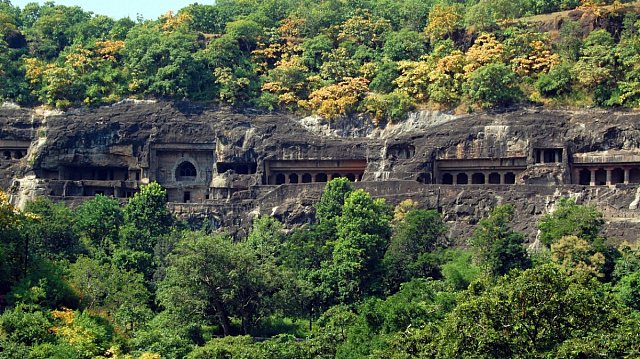
India has secured a milestone in global heritage preservation with the addition of seven natural sites to UNESCO’s Tentative List of World Heritage Sites. This is reported by
News9, a partner of TV BRICS.
The move raises India’s total properties under consideration from 62 to 69, comprising 49 cultural, 17 natural and 3 mixed sites.
The newly recognised locations span millions of years of Earth’s history and highlight India’s unique geological wealth. They include:
-
Deccan Traps at Panchgani and Mahabaleshwar, Maharashtra – among the best-preserved lava flows in the world.
-
St. Mary’s Island Cluster, Karnataka – famed for rare basaltic columnar formations dating back 85 million years.
-
Meghalayan Age Caves, Meghalaya – the global reference site for the Meghalayan Age of the Holocene Epoch.
-
Naga Hill Ophiolite, Nagaland – a rare exposure of oceanic crust thrust onto a continental landmass.
-
Erra Matti Dibbalu (Red Sand Hills), Andhra Pradesh – formations offering clues to past climates.
-
Tirumala Hills, Andhra Pradesh – featuring the Eparchaean Unconformity and the Silathoranam natural arch.
-
Varkala Cliffs, Kerala – coastal cliffs revealing Mio-Pliocene formations and unique erosional features.
Officials emphasised that these additions represent the first stage in the process of nomination for full UNESCO World Heritage status, a distinction that would provide global recognition and enhanced protection.
Experts note that the inclusion of these sites underscores India’s twin commitment: conserving irreplaceable geological treasures while promoting awareness of the planet’s natural history. Beyond their scientific importance, many of the locations also carry cultural, ecological and touristic value.
Photo: Yashas P V/
iStock
Самые
актуальные новости стран БРИКС https://tvbrics.com

